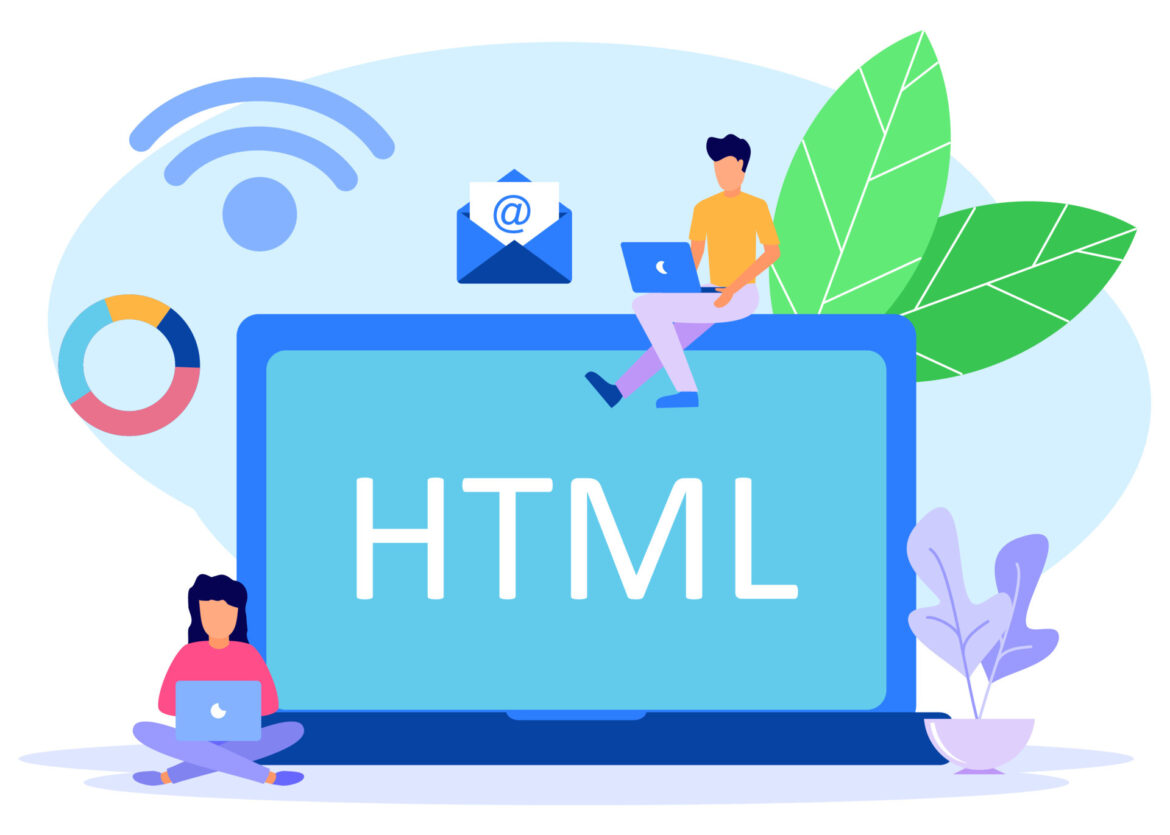Introduction:
HTML, short for HyperText Markup Language, is the backbone of the World Wide Web. It is a powerful language that enables the creation and structuring of web pages, allowing developers to design visually appealing and interactive websites. In this article, we will explore the fundamentals of HTML and its key features, guiding both beginners and seasoned developers through its various topics.
Understanding HTML:
HTML is a markup language that uses a set of tags to define the structure and content of a web page. It serves as the building blocks for web development, allowing developers to arrange and format text, images, multimedia, links, and more. We’ll discuss the basic syntax, elements, and attributes used in HTML.
Document Structure:
An HTML document follows a specific structure that defines its hierarchy and organization. We’ll delve into the essential elements, such as the doctype declaration, tag, and sections, and their roles in creating a well-structured webpage.
Working with Text:
Text is a fundamental component of any web page. HTML provides a range of tags for formatting text, including headings, paragraphs, lists, and emphasis tags. We’ll explore how to manipulate and enhance text content using these tags and examine some best practices for creating readable and accessible web pages.
Images and Multimedia:
Visual elements greatly enhance the user experience on the web. HTML offers the tag for embedding images and various multimedia tags for audio and video content. We’ll discuss how to insert, format, and optimize images, as well as embed audio and video files.
Links and Navigation:
Hyperlinks are the key to navigating through the web. HTML allows developers to create links to other web pages, documents, or specific sections within a page. We’ll cover the tag and its attributes, explore relative and absolute URLs, and discuss techniques for creating effective navigation menus.
Forms and User Input:
HTML provides form elements that enable the collection of user data, such as input fields, checkboxes, radio buttons, and dropdown menus. We’ll explore how to create forms, validate user input using HTML attributes, and introduce the basics of handling form submissions.
Semantic HTML:
Semantic HTML involves using specific tags to convey the meaning and structure of content to both humans and search engines. We’ll highlight the importance of semantic markup and discuss tags like , , , and that enhance the accessibility, SEO, and maintainability of web pages.
HTML5 and Beyond:
HTML5 introduced significant improvements and new features to the language, including native support for multimedia, semantic elements, canvas for graphics, and geolocation APIs. We’ll touch upon some of these advancements and provide resources for further exploration.
Conclusion:
It is the foundation upon which the web is built. Understanding its core concepts and features is essential for every web developer. By grasping the topics covered in this article, you’ll be equipped to create well-structured, visually appealing, and interactive web pages that provide an optimal user experience. Whether you’re a beginner or a seasoned developer, mastering HTML will pave the way for building remarkable websites in the digital era.

